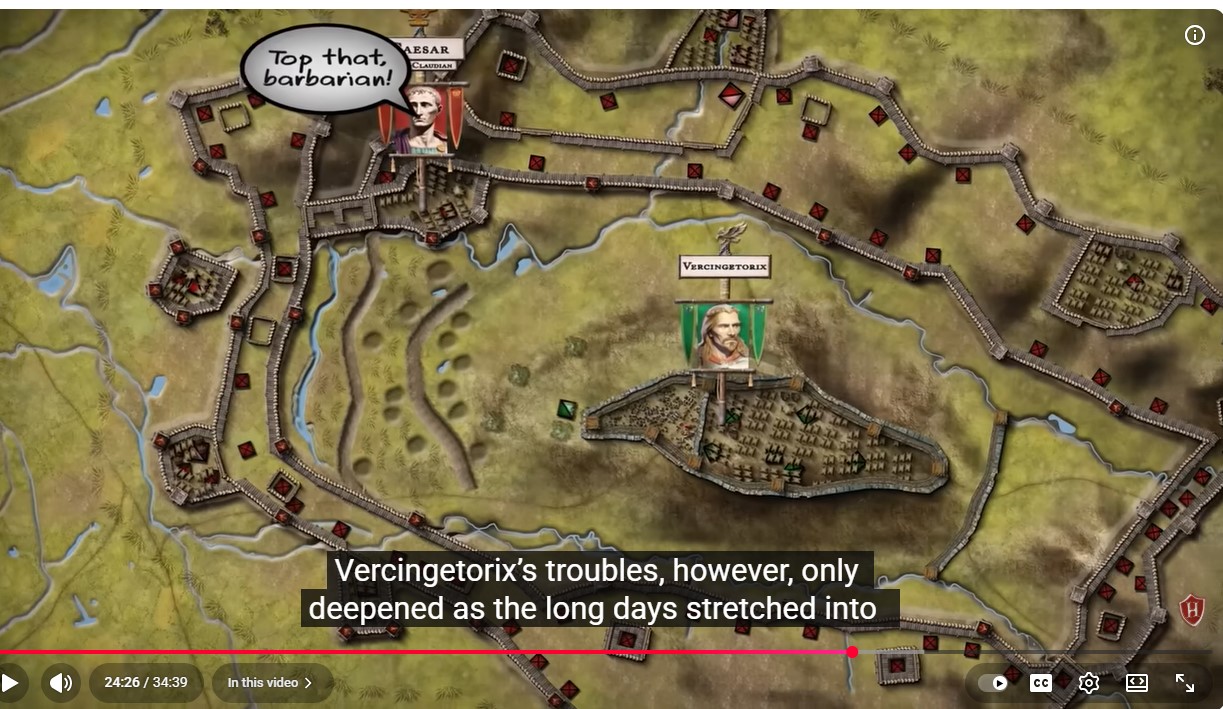
Caesar s Masterpiece - Siege of Alesia, 52 BC

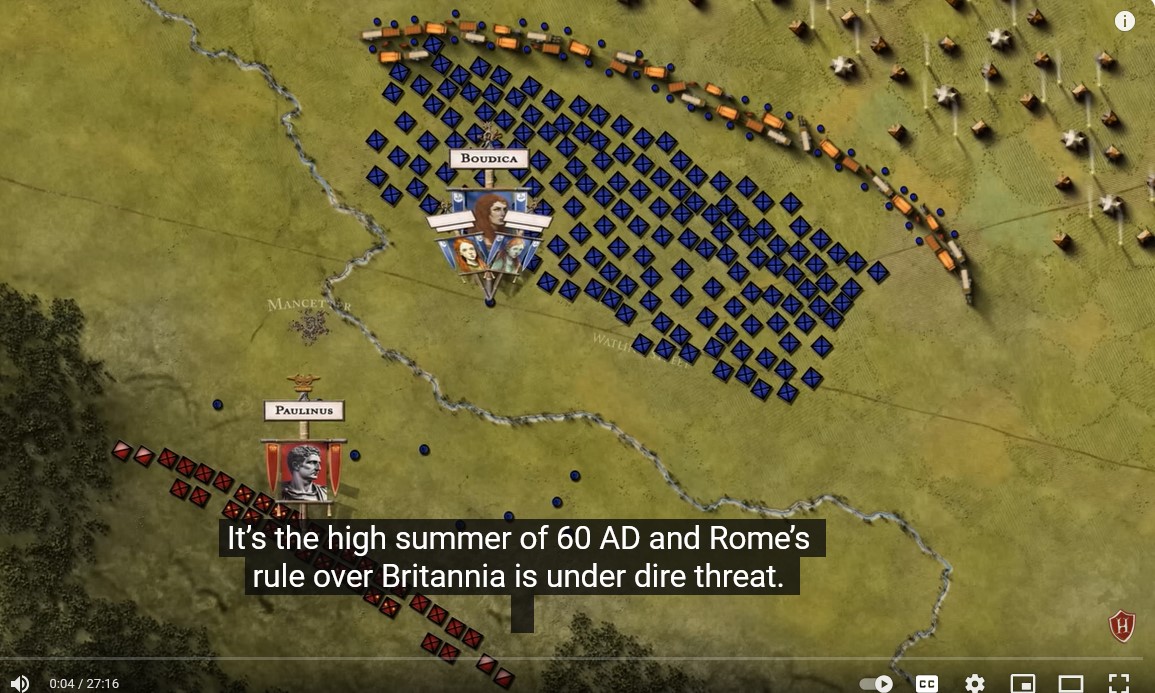
Will Rome's northern frontier fall? - Battle of Watling Street, 60 AD
The White Celtic tribes fighting against the Romans in Britain.
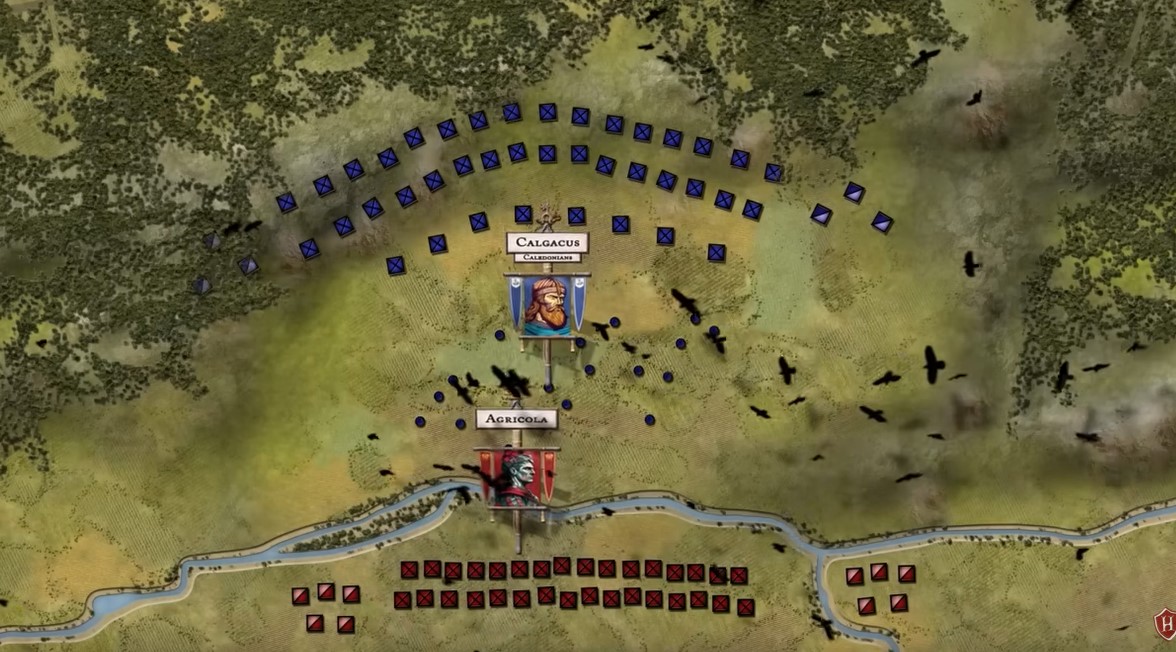
Mons Graupius, 83 AD - Battle at the edge of the Roman world
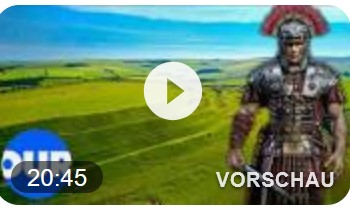
How Did The Romans Capture The Hillfort Maiden Castle? | Our History

Animated historical documentary on the Gallic War and Gaius Julius Caesar.
Caesar in Gaul - Roman History DOCUMENTARY
In our animated historical documentary on the Gallic War and Gaius Julius Caesar, we will cover the war between the Romans and the Celts in modern France, and the battles of Bibracte, Vosges, Axona, Sabis, Gergovia, Alesia, alongside Caesars invasions of Britain and Germany. In these battles, Caesar and his legionaries fought against Helvetii led by Divico, Suebi led by Ariovistus, Belgae led by Galba, Nervii led by Boduognatus, Britons led by Cassivellaunus, Eburones led by Ambiorix and Arverni led by Vercingetorix. The Roman Civil war against Pompey is just around the corner.
How did the ancient Celtic peoples dominate nearly all of Europe and beyond? Today we're going to be discussing the history of the Celtic nations, and the impact of the modern Celtic peoples of Europe on the culture, language and heritage of many areas of the planet.
How did the Celtic Nations Dominate Europe and Beyond? People of Scotland, Ireland, Wales and More
Why Were There Tribal Differences in Iron Age Britain?
Introduction takes up 9 minutes. Main writing starts at 10:03 mark. This book is Julius Caesar's firsthand account of the Gallic Wars, written as a third-person .
[History] Julius Caesar's Commentaries on the Gallic War, by Caesar Himself, Audiobook - 2017
The Gallic Wars by Julius Caesar: Book 1 of 8
In the first 10 minutes I provide 5 Campaign/Battle Maps which are directly related to the events in Book 1 (58 B.C.). However they are in no specific order. The Gallic Wars: Book 1 of 8 Despriptions of Gaul - First Operations Against the Helvetii - 00:00 End of the Campaign Against the Helvetii - 22:14 Ariovistus: Preliminary Moves - 46:00 The Defeat of Ariovistus - 68:02
Vercingetorix (52 to 50 B.C.E.)
The historical Celts were a diverse and predominant Western and Central European culture of the Early Iron Age Europe, from the 8th to 6th Centuries BC. Today, the term often refers to the cultures, languages, and people that are based in Scotland, Ireland, and other parts of the British Isles and Brittany in France.
Given the changes in languages over time and the migration of people, the relationship between modern-day Celts and their ancient forbearers is a contentious issue among scholars. Some scholars now believe that the ancient Celts did not live in Britain but were confined to the European continent, with evidence of settlements interpreted as Celtic located as far east as Turkey.
Today, there are six "living" Celtic languages from two groups: Gaelic (Irish, Scottish Gaelic, and Manx Island) and Brittonic (Welsh, Breton, and Cornish). Four languages have substantial numbers of native speakers - Irish, Scottish Gaelic, Brittonic, and Welsh. The other two, Cornish and Manx (Manx Island is located between Britain and the Republic of Ireland), almost died out in modern times but more recently have enjoyed a revival.
By the 5th Century BC, vigorous tribes had spread outwards from their original homeland east of the Rhine, in places such as Hallstatt and La Tène. The Hallstatt culture (Hallstatt is present day Austria) developed out of the Urnfield culture of the 12th Century BC (Late Bronze Age) and followed this by the La Tène culture, the classic Celtic culture of the later Iron Age. This began around 450BC and is named after Lake Neuchatel Switzerland where a large amount of weaponry from this culture was found last century.
By the later Iron Age (La Tène period) with the advantage of their iron weapons, the Celts had expanded over a wide range of lands being as far west as Ireland and the Iberian Peninsula, as far east as Galatia (central Anatolia, Turkey) and as far north as Scotland.
Celtic tribes of Britain and Ireland
Before the spread westwards of Angles, Saxons and Vikings, Britain and Ireland were inhabited by people speaking Celtic languages. Who were they?
Ancient Warriors - Episode 02: The Celts (History Documentary)
This Ancient Warriors series from the Discovery Channel is an excellent look at the warrior groups and armies that shaped history.
How the Celts Saved Britain - HD - 1 of 2 (BBC) - A New Civilisation (2009)
Provocative two-part documentary in which Dan Snow blows the lid on the traditional Anglo-centric view of history and reveals (in part 2 of 2) how the Irish saved Britain from cultural oblivion during the Dark Ages of 400-800AD.
"How The Celts Saved Britain" (part 2of2) Dark ages and the Celts - BBC 2009
In this second program, Snow follows in the footsteps of Ireland's earliest missionaries........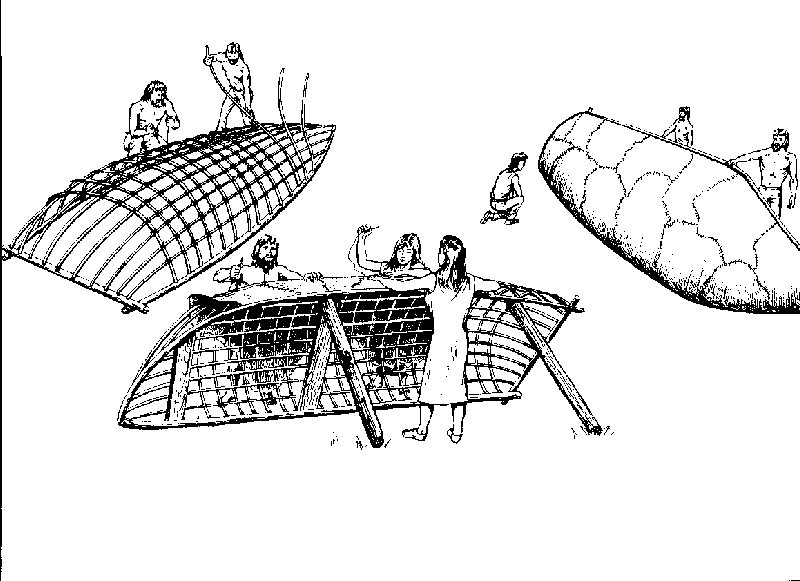
Barry Cunliffe: Who Were the Celts?
Shallit Lecture given at BYU on March 17, 2008. The Celts living in the middle of Europe were the fearsome opponents of the Greeks and Romans and in 390 BC they actually besieged Rome. The classical writers have much to say about their 'warlike' activities but where did they come from?
A Celtic Fort Village in the Iron Age
Presented by Phil Bennett, Castell Henllys, set amongst the wild hills and forests of Wales was a Celtic 'homestead', between 600BC and the first Century AD. From settlement to abandonment, all aspects of Celtic life is examined at war and in peace.
Reconstructed Celtic houses - Castell Henllys
Celtic Life in the Iron Age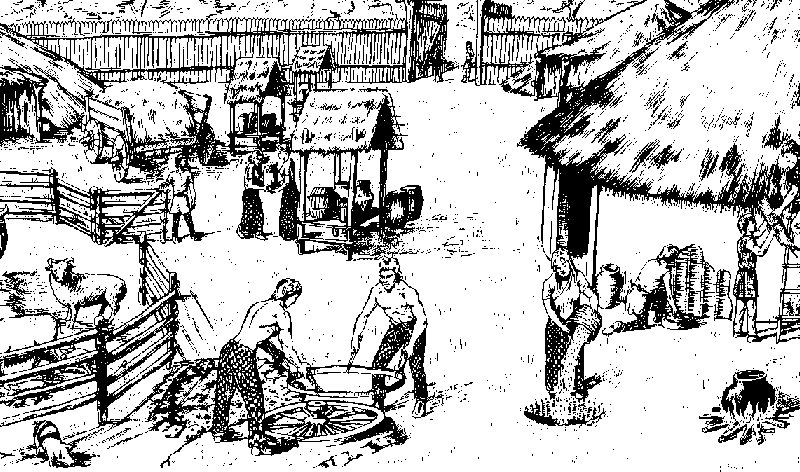
See some of the skills and technologies from the Iron Age.
The Celts - Lost Treasures Of The Ancient World
Europeans went through cultural phases from the Ice Age and developed into the Celtic culture. Most Celtic people were farmers. Their cultural life was farming villages. Read more about Celtic Farming.
The drawing gives some idea of their lifestyle. If you look closely, you will notice the gates with guards protecting the village.
One of their methods of storing grain would be in a pit underground.
Celtic men assembling a hot steel ring onto a wooden wheel for their carts and chariots.
Woven wicker sticks were coated with mud and animal dung and this was how they built the walls of their round houses. They also built square cabins using logs.
Woven wicker was also used for building boat frames, then they used animal skins making them waterproof with a thin layer of tar over the skins. More reading about this method of proofreading is found here: Oval Shaped Coracle Boats
Celtic legent about Egyptian Princess
An old Irish legend about an ancient Egyptian princess
A brief history of early Scotland before Kenneth McAlpin Meet the people led by Calgacus and clans
Another episode of the Pictish Culture Analysis, this time looking at the actual culture, language and lifestyle of those most elusive Picts!.
The Picts: Culture, Language and Lifestyle
Gordon Noble and his team from the University of Aberdeen have been investigating a sea stack south of Stonehaven, is near the historic Dunnottar Castle. Carbon dating tests have revealed the origin of the site known as Dunnicaer back to the 3rd or 4th Century making it the oldest Pictish Fort ever discovered in Scotland.
Scotland's Oldest Pictish Fort Discovered
A new power emerged in the wild north of Britain after the Roman withdrawal in the Fifth Century AD. It’s name was Dál Riata and it occupied the many islands and archipelagos on both sides of the wild sea between Ireland and Scotland. For a time during the late Sixth and early Seventh Centuries this sea kingdom prospered under the rule of it’s king, Áedán mac Gabráin, who sent his war fleets and trading vessels far and wide throughout the waterways of Northern Britain.
The Sea-Kingdom: Dál Riata & The Birth of Scotland
Interpretations of the Pictish symbol stones. Some of the most important Pictish symbol stones in the north and east of Scotland including those at Dyce, Bennachie and Aberlemno, the film analyses attempts to explain the meaning of the enigmatic symbols including the Crescent and V Rod, Double disc and Z Rod and the Pictish Beast.
Picts: Part 1- Symbols and Signs
Fairies and Leprechauns
The little people, fairies, are recorded by European culture over thousands of years and are reported to the present day. Just because your science cannot account for them tells you about the limitations of your science. Not to keep an open mind is foolish.
Legends of The Isles: Fairies and Leprechauns (Documentary)
Christianity tried to got rid of pagan fairies stories and replaced it with miracles, angels and an eternal god who created the world in 6 days.
In a letter sent by Pope Gregory in 500 AD, Christian missionaries and monks are told to curb the violent attacks against pagans and their places of worship. They are instructed to instead Christianize the sacred sites and swap pagan idols for Christian saints. This would indicate that a process was in place to change the meaning of idols from representing the more ancient gods and goddesses to something else entirely.
Ancient Women Shaman of Ireland: Goddesses of Prophecy and Omens
28/06/2016




/ @marasi36